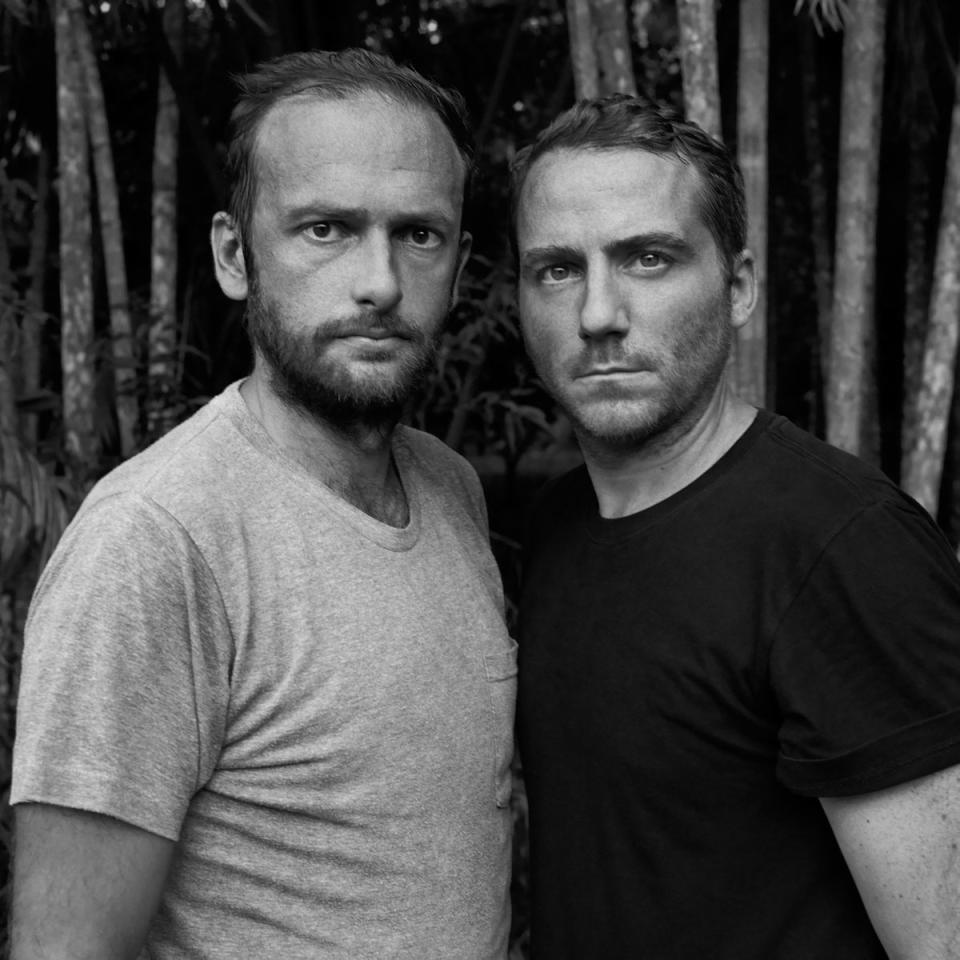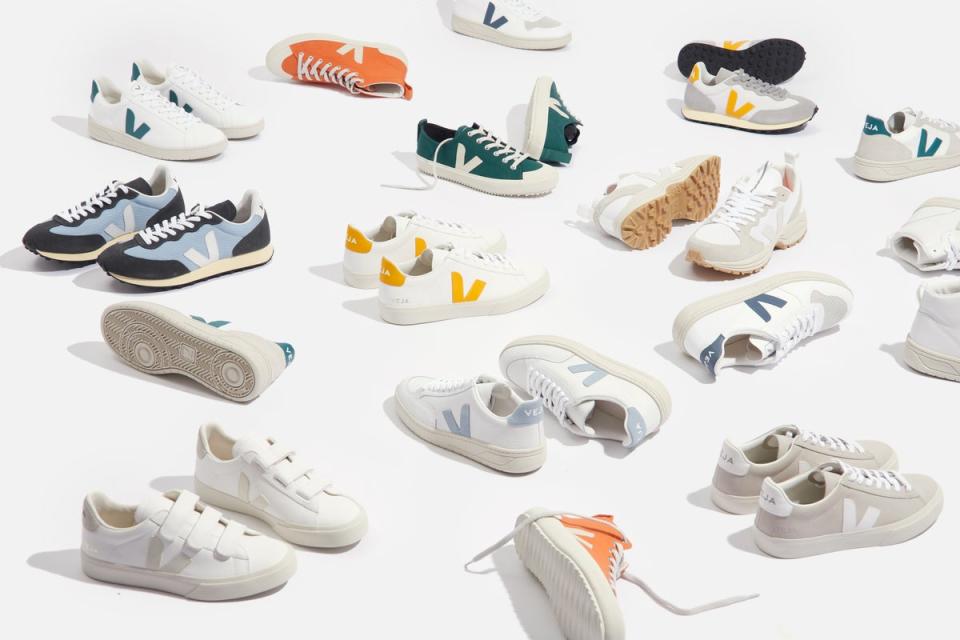How Veja achieved eco sneaker stardom with zero marketing spend

“I didn’t know who Meghan Markle was when she wore my trainers.” Sebastian Kopp confides in a buzzy Parisian café, peering at me over his round tortoiseshell glasses. “The team were so excited, they came and told me she had bought Veja! And I said, who is Meghan Markle? I only know Elizabeth.”
Royal approval is only part of the story. The multimillion-pound Parisian brand has been worn by a host of stars: Emily Ratajowski, Emma Watson, Eddie Redmayne, and Katie Holmes to name a few, with the distinctive V logo sliding into the same league as Adidas’ iconic triple stripe and Nike’s famous swoosh. Even high fashion houses can’t resist the appeal. From Rick Owens, to Marni and Lemaire, Veja has worked on sell-out collaborations with numerous luxury brands.

It’s a fascinating success story, especially when you consider Kopp and his co-founder and best friend François-Ghislain Morillion began the label in 2004 without any prior fashion experience. They’d come from the investment banking world, with a mission to start a business with a positive social impact at its heart.
Even before you understand the label’s sustainable practices, the trainers speak for themselves. The classic, understated design has widespread appeal, proven since the first 2,800 pairs they sold to buyers from Selfridges, Le Bon Marché, and a host of cool concept stores at their debut trade show nearly 20 years ago: “95 per cent of people don’t know how they’re made, and only 5 per cent buy for our projects, but for us, that’s ok. We have a real deep care of our supply chain, so that’s what’s important.”

The most interesting part? Veja achieved cult status without investing any money in publicity. No paid partnerships, no advertising, and no celebrity placement: In a world where #ads are king, it’s an incredible achievement. “Not doing advertising makes us light because we don’t need to invest in who’s going to be the next model or the next story to tell.

“Maybe you become irrelevant when you do a lot of advertising, a lot of publicity, a lot of things that aren’t going anywhere, and maybe you lose yourself in the process. We don’t create fake stories, and I try to teach the team that reality is a much better story than advertising… I think the key is to stick to your principles.”
The label is certainly not short on principles, starting with employee care. Kopp explains: “we like to make sure the way of life of everyone working is good, so we can look at ourselves in the mirror knowing there’s no atrocity, no inequality in the supply chain.”

From Brazil, where the rubber for the sneakers is collected responsibly by seringueiros, or rubber gatherers, in the Amazon rainforest, who bleed the trees to help them regenerate, to the town of Corbeil-Essonnes, Paris, where orders are distributed with Log’ins, a logistics provider that employs vulnerable and differently-abled individuals with the goal of helping them find and pursue their passion afterwards - with over 75 per cent succeeding in finding work or training once they leave.
More recently, the brand has launched a cobbler service, with four locations across France and Germany which have already repaired over 5,000 pairs since June 2020. Whether it’s a pair of Balenciaga Triple S, that one customer was pleasantly surprised to fix for as little as €7, or simply your favourite Vejas with a trodden-down-heel, the brand’s cobbler can entirely restore sneakers to a box-fresh condition, so they don’t end up in landfill.

What’s the future for Veja? Kopp keeps his cards close to his chest: “If you start to comment about future launches that, for some issue, might not come out, that’s the beginning of greenwashing, so not talking about what’s coming is a discipline we’ve done since the beginning of Veja.” Perhaps it’s superstition or maybe it’s just logical, but, either way, having sold over 12 million units without spending a penny on advertising, his unusual way of working has clearly spelled success.

 Yahoo News
Yahoo News 